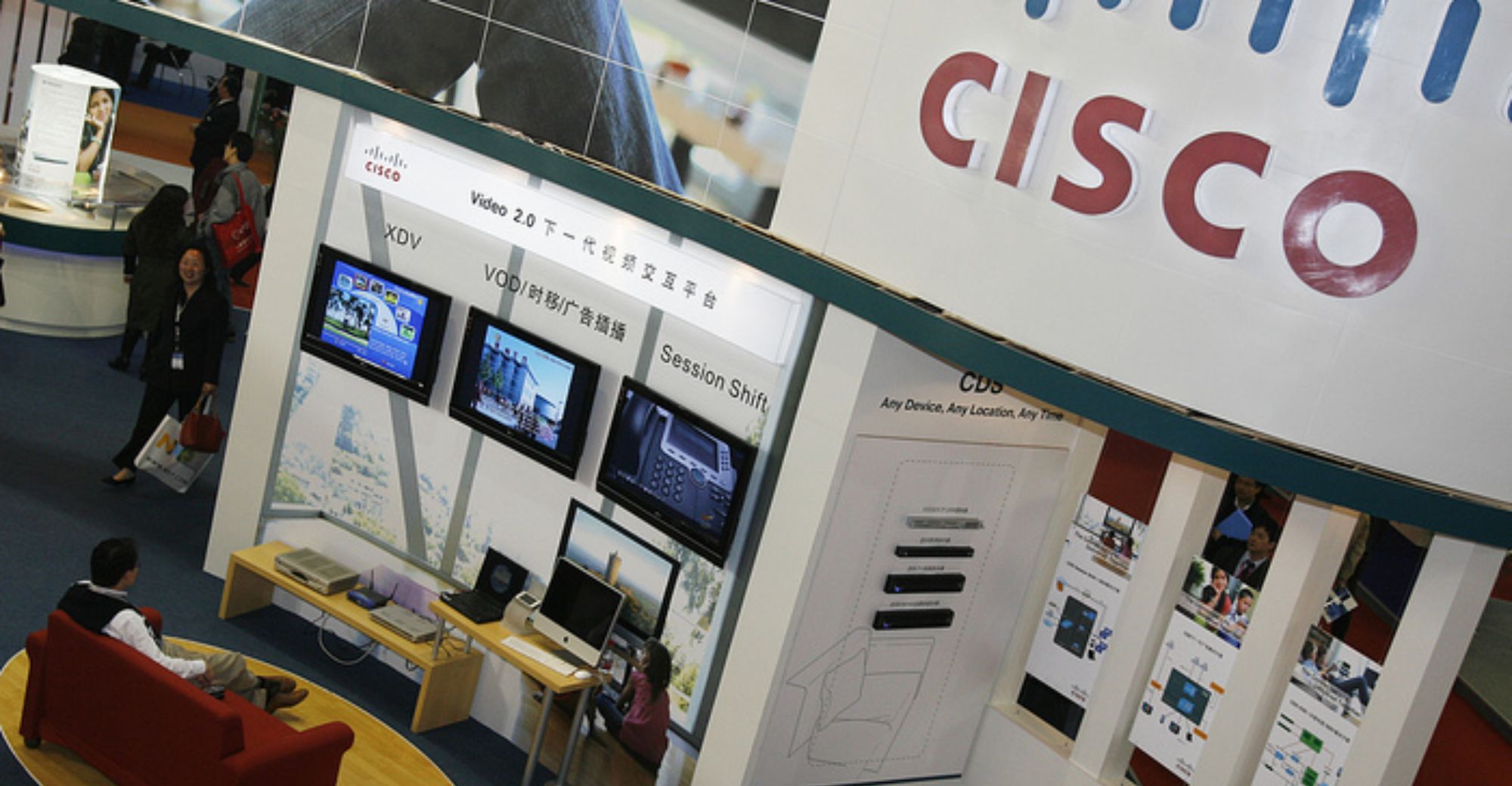Cisco’s Global Layoffs Impact China Division: Nearly 300 Employees Affected in Dalian
After the global layoff plan announced by American telecommunications giant Cisco in August, the China division has begun implementation.
On September 19, Chinese media reported that Cisco‘s Dalian branch had issued a formal layoff notice. Several affected employees confirmed that the layoff situation is accurate.
The layoffs primarily target the project departments serving clients in Japan and South Korea at the Dalian branch, affecting nearly 300 full-time employees (Cisco Dalian staff are classified as blue card for full-time employees and red card for outsourced employees). There are two compensation options for the layoffs: first, employees can leave immediately after notification with an “N+7” package; second, they can choose to delay their departure by two months for an “N+5” package (where “N” represents the number of years an employee has worked at the company, with one month’s salary as compensation for each completed year, plus the fixed additional months).
Cisco’s Dalian branch was established in 2014, primarily providing technical consulting services to clients in China, South Korea, and Japan. One laid-off employee mentioned to reporters that there had been signs of layoffs in the Japan and Korea project teams this year, noting, “The company has had little work over the past two months,” and that discussions suggested business would first shift to Japan and then to Southeast Asia.
According to this source, the Dalian branch has approximately 600-700 full-time employees, with the rest being outsourced staff. Based on the proportion of layoffs among full-time employees, the current layoffs at the Dalian branch are approaching half of the workforce.
As a globally renowned telecommunications giant, Cisco was founded in 1984, initially focusing on manufacturing routers and switches in Silicon Valley. After rapid growth, it entered the Chinese market in 1994 and established the Greater China region in 2010. According to information on its official website, Cisco employs nearly 4,000 people in China and has branches in 16 cities, including Beijing, Shanghai, Hangzhou, Shenzhen, and Dalian, primarily engaged in sales, customer support and services, R&D, business process operations, and IT outsourcing.
Reports indicate that the recent layoffs in China are part of Cisco’s global layoff plan. In August, Cisco officially announced a plan to cut 5,600 jobs, which accounts for about 7% of its total workforce (with approximately 84,900 employees as reported in the company’s 2023 annual report). Notably, this marks Cisco’s second major round of layoffs, having announced nearly 4,000 job cuts in February. Cisco stated that the layoffs are primarily aimed at adjusting global operations, reducing costs, and focusing resources on high-margin business products, particularly in cybersecurity and artificial intelligence.
As a longstanding technology giant, Cisco has maintained steady growth in recent years, with total revenue reaching $56.9 billion in 2023, a 10% increase compared to the previous year, marking the highest growth rate in nearly three years. The company’s stock price has remained around $50 without significant fluctuations. Even amidst a surge in tech stocks driven by generative AI, Cisco’s stock has only risen 3.5% this year, well below the gains of the Nasdaq (18%) and S&P 500 (15%).
During this period, Cisco has actively sought transformation. Since current CEO Chuck Robbins took the helm in 2015, the company has undergone multiple strategic shifts, particularly in transitioning its business toward software and services, evolving from a traditional hardware provider to a network security software company.
In September 2023, Cisco announced its acquisition of cybersecurity software company Splunk for $28 billion in cash, the largest acquisition in its history, completed in March of this year. CEO Robbins remarked that this acquisition positions Cisco as one of the world’s largest software companies and enables the company to drive its transformation towards an AI-driven cybersecurity business.


